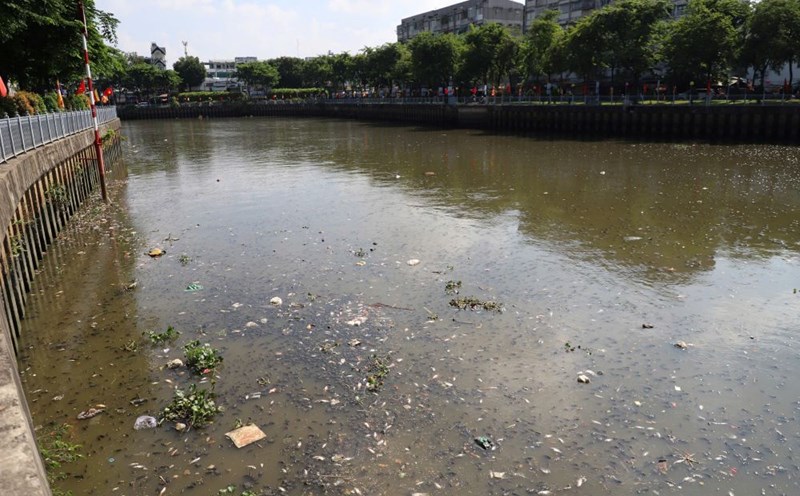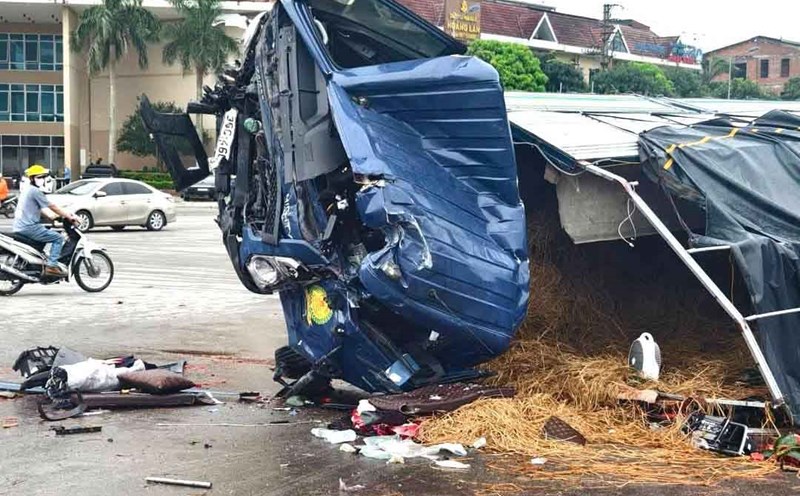In recent days, along the Nhieu Loc - Thi Nghe canal, from District 1 to Tan Binh, people have been heartbroken by the sight of dead fish floating white on the water surface, mixed with garbage and water hyacinth floating around, creating a shabby scene and a strong stench spreading throughout the area.
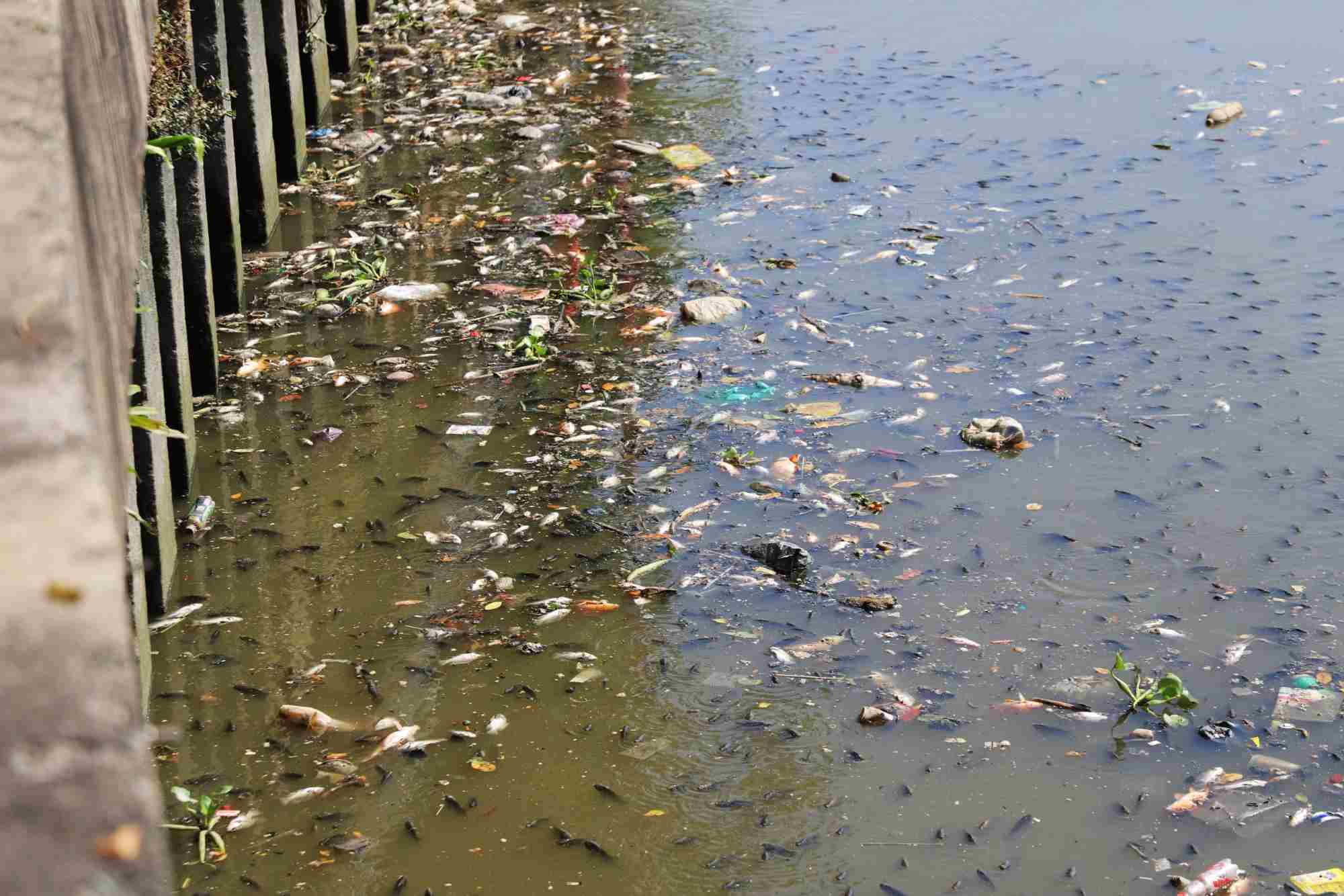
According to the initial assessment of the authorities, the heavy rain on the night of May 7 was the main cause of this incident.
Because the drainage and wastewater systems are still in common use, when it rains heavily, untreated wastewater overflows into the canal, greatly reducing the amount of soluble oxygen in the water, causing fish to cannot breathe and die en masse.
This is not the first time the Nhieu Loc - Thi Nghe canal has fallen into a state of serious pollution. Every year, at the beginning of the rainy season, the phenomenon of dead fish returns.
The nearly 10 km long canal, flowing through districts 1, 3, Binh Thanh, Phu Nhuan, Tan Binh and flowing into the Saigon River, was once the pride of Ho Chi Minh City after being renovated and put into use more than 10 years ago.
With clean water, beautiful scenery, walking paths and green areas on both banks, Nhieu Loc - Thi Nghe canal has become a place for thousands of people to relax.
However, after more than a decade, due to the incomplete wastewater treatment system, this canal is still frequently polluted.
The biggest problem is the lack of wastewater treatment plants - the core part to ensure the water flow in the canal is truly clean.
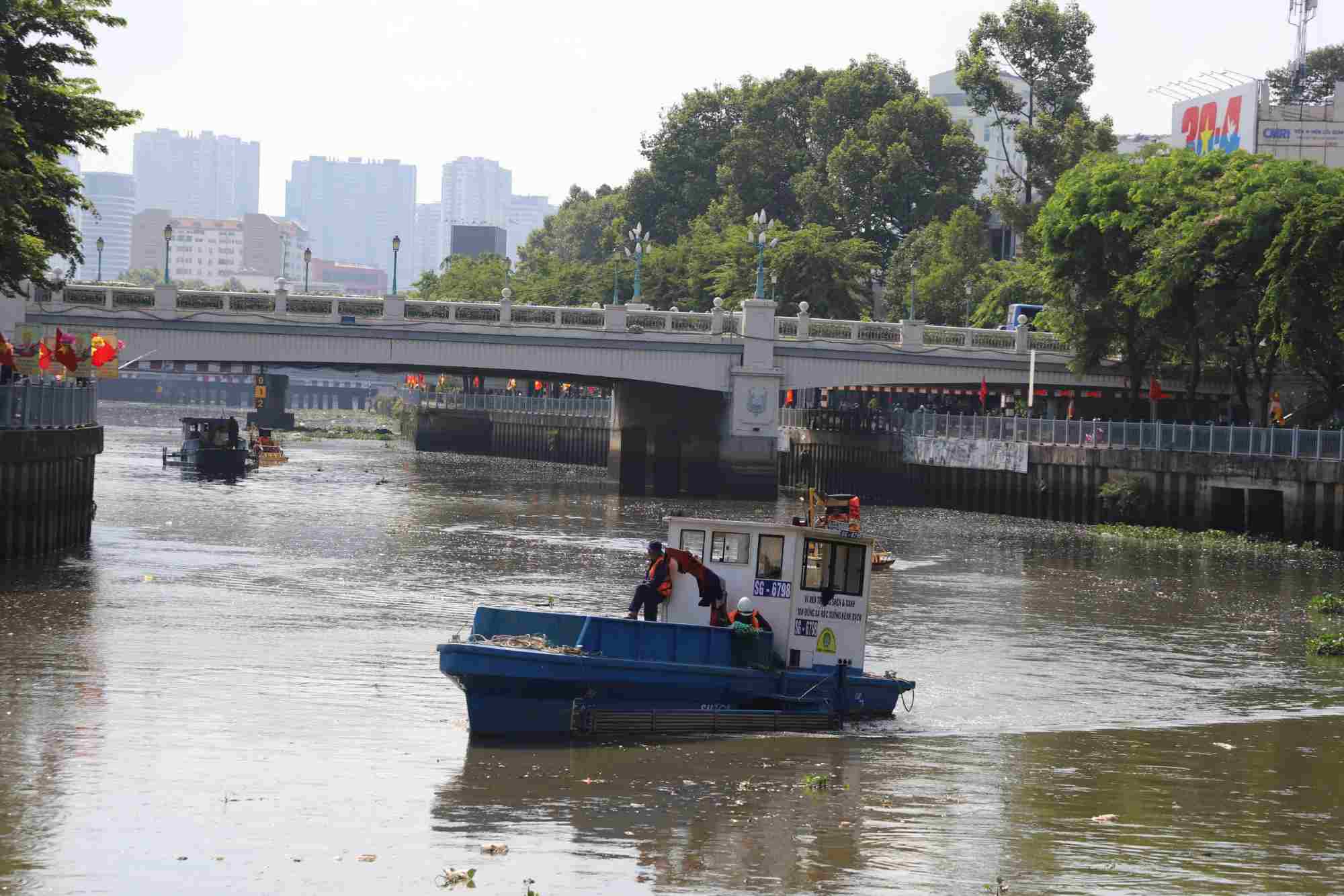
Ho Chi Minh City has implemented the City Environmental Sanitation Project in two phases, with the goal of improving water quality at Nhieu Loc - Thi Nghe canal.
Phase 1, completed in 2012, all wastewater of about 1.2 million people in 7 districts along the Nhieu Loc - Thi Nghe canal was collected into a sewer line of more than 8 km and brought to the pumping station on Nguyen Huu Canh street (Binh Thanh district).
However, due to the lack of a treatment plant, all wastewater after collection is still pumped into the Saigon River for diluting.
On the other hand, this sewer system is in the same system as the rainwater drainage system, so when it rains, a amount of wastewater mixes with rainwater and flows out of the canal, contributing to the increase in canal pollution indicators, leading to fish deaths.
Phase 2, started in 2015 with a total capital of more than VND 10,600 billion, is the "last piece" to complete the system.
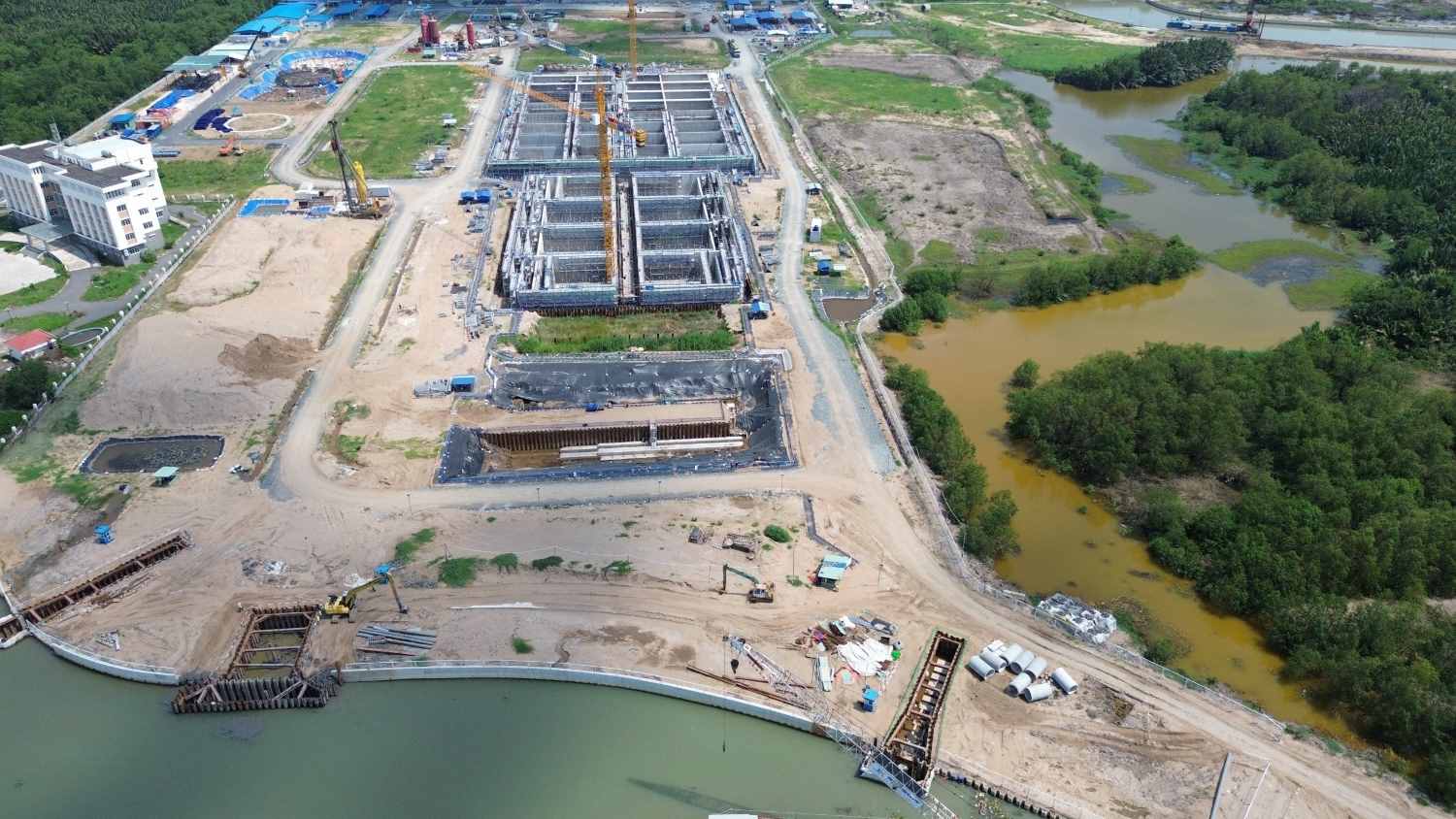
The project includes a Nhieu Loc - Thi Nghe wastewater treatment plant (VND5,468 billion) located in Thanh My Loi ward (Thu Duc city), with a treatment capacity of 480,000 m3/day - the largest in the country and Southeast Asia.
The about 17 km long sewer system will collect all wastewater from the districts along both sides of the canal and the old District 2 to the factory.
Here, the water will be treated through many stages, eliminating organic pollutants and disinfecting with UV rays. The water after treatment will meet type A standards - safe before being discharged into the Saigon River and the downstream basin of the Dong Nai River.
However, after nearly 10 years of implementation, the project has not been completed. According to the latest report from the Ho Chi Minh City Urban Infrastructure Construction Investment Project Management Board (investor), the project has only reached about 75% of the volume.
The wastewater treatment plant alone has completed 63.43%, and is expected to be completed and put into trial operation by September 30, 2025.

Nhieu Loc - Thi Nghe Canal will not be able to be cleaned again if the wastewater treatment plant is not in operation. And with the current progress, at least by the end of 2025, Ho Chi Minh City residents can hope that this canal will be truly "rescued" from pollution.



